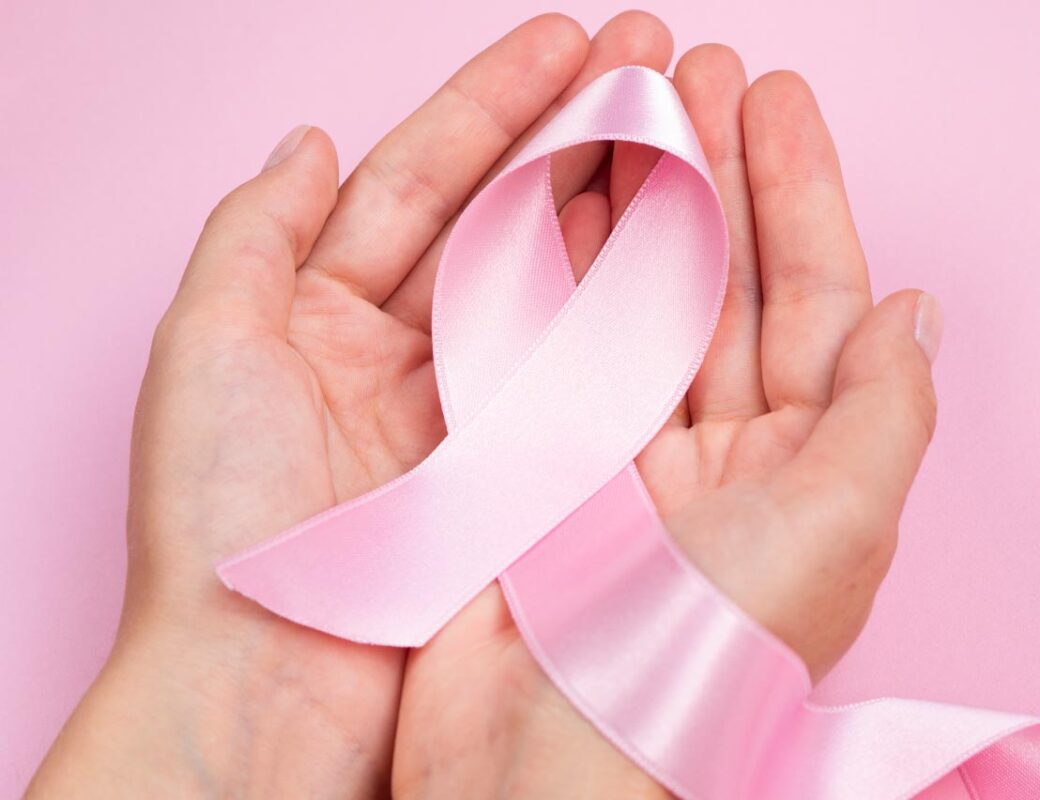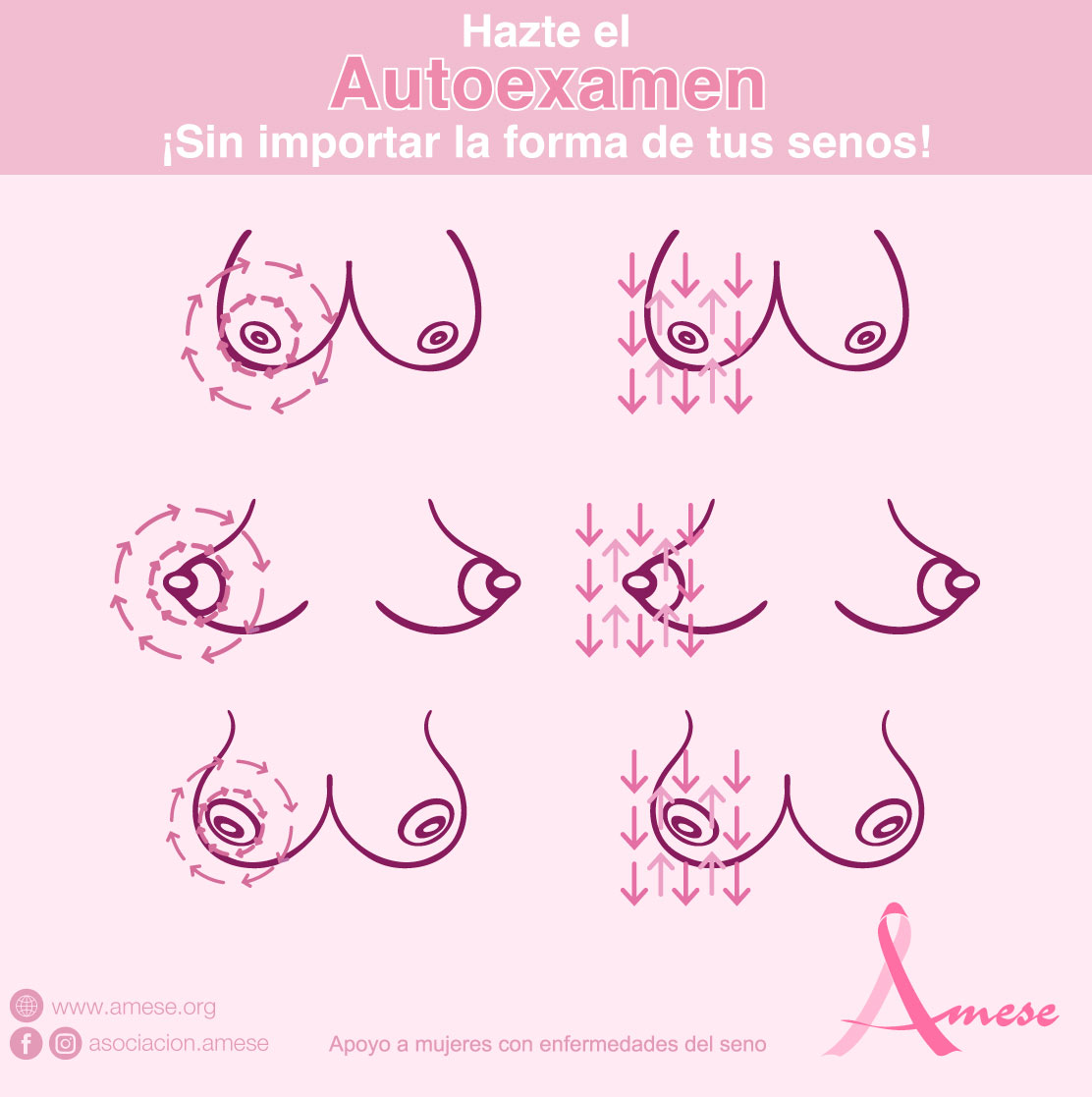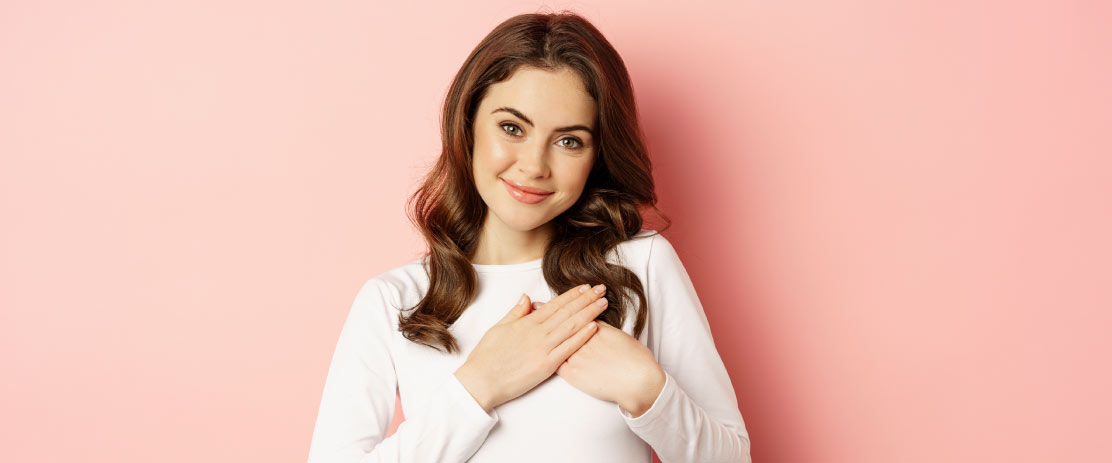
Self Breast-exam: step by step to examine your breasts
Self Breast examination is a preventive action to detect anomalies and possible tumors around women’s breasts in time. You use your eyes and your hands to feel and determine if there are any changes in their appearance and composition.
Doctors recommend that you do the self-examination frequently to get to know your breasts perfectly and easily notice if there are any strange changes.
This is one of the best methods to discover cancer in time, it includes spots, lumps or strange pains, they can be a sign that something is not right in your body, when you observe this type of abnormalities is when you should immediately inform your doctor.
It is vitally important to mention that self-examination is not a substitute for a breast exam performed by a physician such as an imaging test, diagnostic mammogram, breast ultrasound or biopsy. These types of exams should be referred to by your physician at least once a year.
How to prepare yourself?
It is important to mention that if you are in your menstruation days you should wait until they pass to do a self-exam.
Here we will show you in a clear way how to do it. If you have any doubts, ask your doctor for a demonstration so that the information is completely clear.
Make a visual record of how your breasts look
Stand in front of a mirror without a bra with your arms down and look closely:
- If there are dimples, alterations in the size, shape or symmetry of both breasts.
- Examine that the nipples are not sunken.
- Put your hands on your hips and press down, check for any noticeable changes.
- Inspect the breasts with your arms raised and your palms pressing together.
- With your hands up, check that the creases under your breasts are symmetrical.

Use your hands to examine yourself in detail
There are common ways to perform the self-examination in an easy way:
- Lying on your bed, on your back, the breasts go sideways and the tissue becomes softer.
- In the shower, with the soap you use for your body, it will be easier to feel.
- Use your fingertips to gently palpate the breasts.
- Use different pressure modes to feel deeply in different places, extending all the way to the armpit. Be sure to use the different pressure modes on all areas before moving from one to another. If you are not sure how to use the pressure, discuss it with your doctor.
- Take as much time as you feel, you could spend several minutes doing it and that’s fine.
- Try to follow the same pattern using the clockwise technique, raise your arms and start touching you from the armpit, down thoroughly to the contour of the breasts, ending with the nipple, observe well its color and size, it is important that you know your breasts well so you know when there is any abnormality.
If you have any disability to do a breast exam, ask your doctor or someone you trust to help you.
How should breasts feel to the touch?
Your breasts can change in size due to weight gain, pregnancy, hormonal changes, the areola also changes in size and color.
After the age of 30 and up to 60 or 65 you may feel fatty cysts and you recognize them because they are soft and do not hurt.
You may feel a temperature change in your breasts if you are pregnant, your breasts will become warm because they are preparing to breastfeed your baby.

How does it feel when you have a lump in your breast?
Some lumps that we may feel are usually fibroids that are not malignant to our body. You can start with a small diary and describe what you feel when you do the self-exam.
There are small white bumps called Morgagni’s tubercles, which are sebaceous glands that lodge around the nipple and are completely harmless.
Nodules or lumps in the breast may or may not be breast cancer, it may be related to other conditions such as a benign cyst such as fibroadenomas that should be checked by a medical specialist.
- Be alert for a round, smooth, firm lump in the breast.
- If you feel a large, solid lump.
- If you touch a hard, irregularly shaped lump.
Breast cysts are usually common in women, but with proper care, self-examination and testing, you should not worry.

How do I know if I have something abnormal in my breast?
If during your routine examination you observe dark secretions, spots, strange lumps, or pains that do not disappear, you should immediately seek a specialist for an examination, it does not mean that they are cancer, only that you should be alert.
Abnormalities in your breasts:
- Lump or hard lump near the armpit.
- Changes in the way your breasts look or feel, including a thickening, different from normal tissue.
- Dimpling, puckering, lumps in the skin of the breast.
- A recent change in the nipple — it retracts rather than protrudes.
- Redness, warmth, swelling or pain.
- Itching, scaling, sores or rashes.
- Discharge of blood from the nipple.
If you practice self-examination more frequently, you will be able to know your breasts better and detect more easily when there is an abnormality. It is normal to feel some fear when discovering a lump; however, the most important thing is to take action in time. Remember that most lumps are benign (non-cancerous). It is also important that you visit at least once a year a specialist for an annual preventive check-up, so you can be sure that everything is going well with your breasts.


